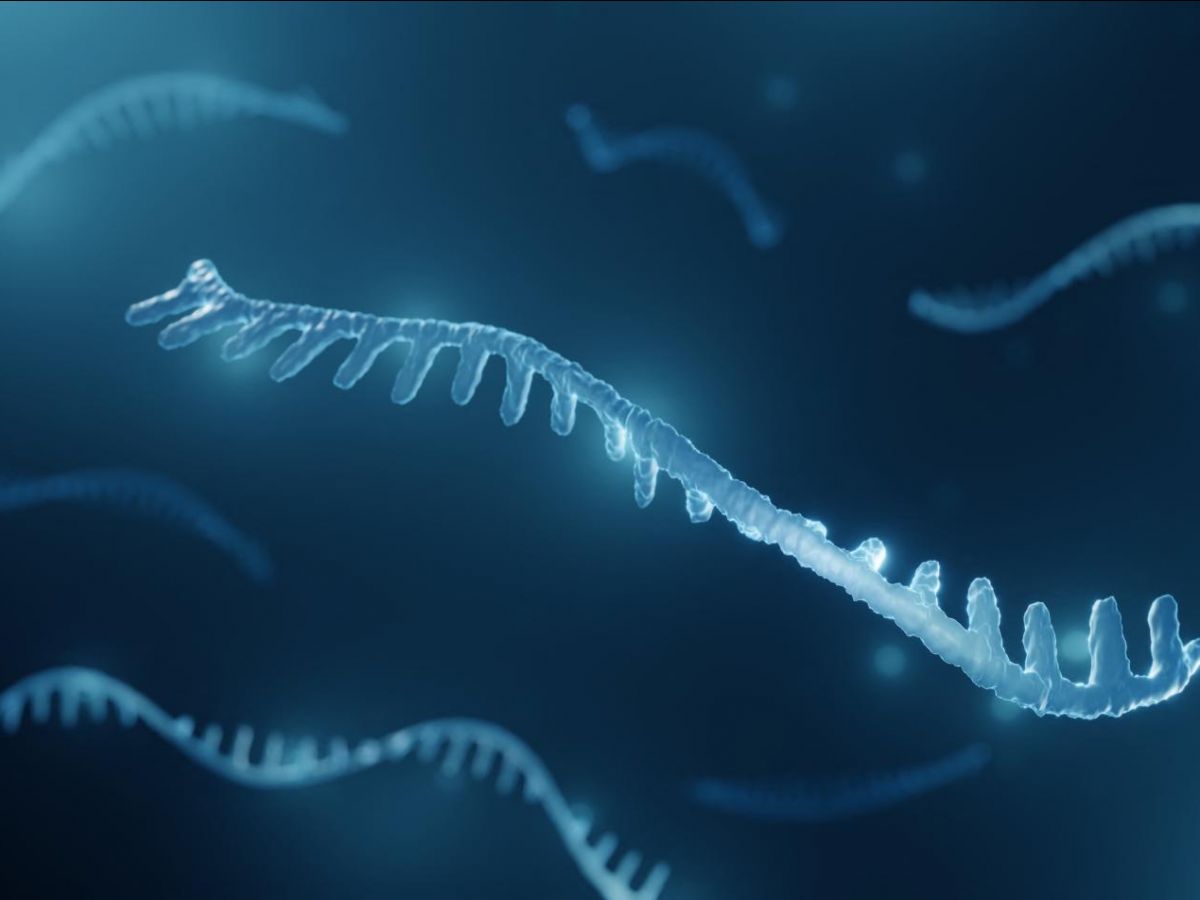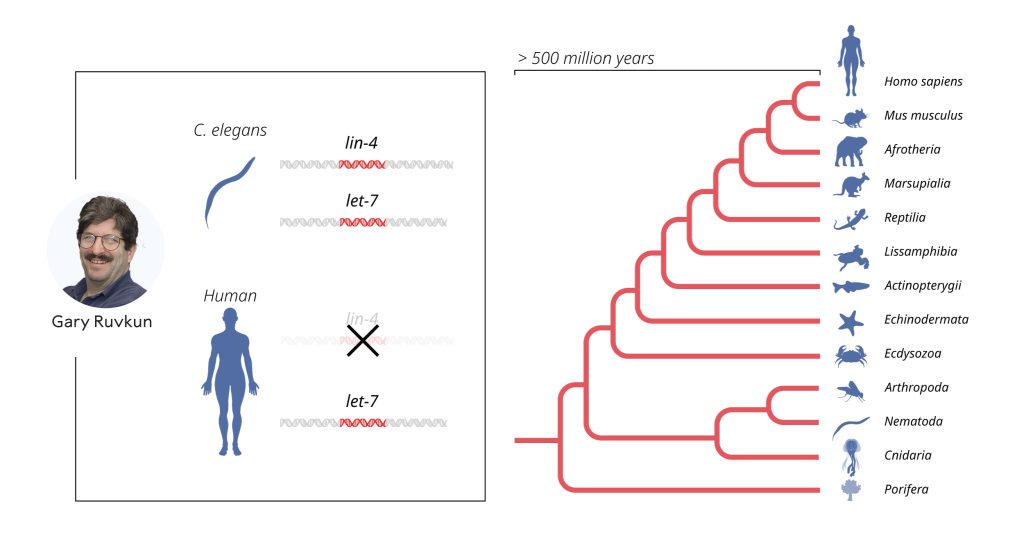There Medicine opened the Nobel season on Monday, October 7, 2024. This prestigious prize was awarded to Victor Ambros (University of Massachusetts, Worcester, EU) and Gary Ruvkun (Harvard Medical School (Boston, EU) for “their discovery of microRNAs and their role in post-transcriptional gene regulation”.
The answer to one of the biggest questions in genetics
With this award, the already vast world of RNA is expanding even more. The diversity and versatility of these molecules, cousins of DNA, seem endless. They were known to be essential for transcribing and translating genes into proteins, for having enzymatic functions, for acting on epigenetics.
Today, what the Nobel Prize brings to light is the answer to one of the greatest questions in genetics. Which could be summed up as follows: all the cells in our body have the same DNA, the same genes and the same instructions. Yet some become liver cells, others blood cells. Still others turn into muscles. Only the cells of the pancreas produce insulin. None other than those of the retina produce opsins, the proteins that give rise to cones and rods. So who regulates this highly differentiated and specialized production?
A first element of response will be provided in 1993 by these two researchers. Working on one of the most essential laboratory animals, the nematode worm, they were each interested in the way in which cells develop. Although tiny at its millimeter long, Caenorhabditis elegans possesses most of the cellular paraphernalia of more evolved animals, such as nerves and muscles, making it an ideal guinea pig for studying the development of these tissues in multicellular organisms.
Read alsoResearchers film microscopic worms' amazing technique for moving quickly
A fundamental collaboration
Victor Ambros was interested in the lin-4 mutant. The gene in question, to his great surprise, and contrary to the prevailing dogma, did not code for a protein. Instead, it produced a remarkably short RNA, 22 nucleotides. At the same time, Gary Ruvkun showed that the role of lin-4 was to negatively regulate another gene, lin-14.
By what mechanism? Having heard about each other's work, the two researchers got in touch, compared their results and were thus able to uncover a new regulatory mechanism. In fact, here, it was not the DNA genes that were regulated, but their RNA transcripts.
Thus, the two scientists realized that the sequence of the microRNA lin-4 was practically similar to one of the regions of lin-14 allowing the first to adhere to the second and thus inactivate it. "Their collaboration demonstrates the great strength of academic fundamental research, says Anne Houdusse, member of the Academy of Sciences (Paris). By pooling their knowledge and forming a partnership, they were able to make incredible progress in their discoveries.”
In doing so, the two researchers had found part of the explanation for the hyper-specialization of cells. Although they all have the same instruction manual, some parts are read, others not, depending on the role of the cells and their functions.
The entire kingdom of life concerns
Although essential, this result on C.elegans met with polite silence from the scientific community. It was not until 2000, when Gary Ruvkun published results on another microRNA encoded by the let-7 gene, that eyebrows finally began to be raised. Indeed, unlike lin-4, the let-7 gene had been highly conserved throughout evolution. From sponges to humans, including reptiles, marsupials and that good old nematode, let-7 had been around and transmitted from organism to organism for over 500 million years.. "What was true for the nematode turned out to be true for the human being, continues Anne Houdusse. It was a crucial turning point.”
Gary Ruvkun has cloned let-7, a second gene encoding a microRNA. The gene is conserved through evolution, and microRNA regulation is now known to be universal among multicellular organisms. The Nobel Committee for Physiology or Medicine. Ill. Mattias Karlen
And, indeed, since that publication, the hunt for microRNAs has been on in laboratories around the world, and in the following years thousands have been discovered, throughout the animal and plant kingdoms, showing their essential role in genetic regulation.
Read alsoCancer: a surprising discovery on micro-RNAs which offers a new treatment possibility
MicroRNAs and their involvement in cancers and rare diseases
Currently, databases list nearly 50,000 of them, spread across nearly 300 organisms. Even viruses have been found to encode microRNAs. It is now considered highly likely that microRNAs have emerged multiple times during evolution, and that the first of them were already present in the ancestors of plants and animals a billion years earlier.
They are thought to be involved in multiple stages of cell and tissue development. In humans, mutations in microRNA genes have been shown to trigger diseases since 2009. These include progressive hearing loss, EDICT syndrome (a rare eye disease) and a congenital skeletal disorder.
Also, much research is underway to develop diagnostic tests and therapeutic solutions based on microRNA for cancers, cardiovascular diseases, metabolic disorders or neurodegenerative diseases.


